INR Full Form
What is Full Form of INR ?
Indian Rupee is the Indian currency's full name. The official currency of the Republic of India is the Indian Rupee (INR). RBI (Reserve Bank of India) has given its approval and authority over it. One rupee is equivalent to 100 paise. The Reserve Bank of India (RBI) regulates money in India and carries out its mandate under the Reserve Bank of India Act of 1934. Since 2010, INR has been referred to as ![]()

The above symbol was created by Udaya Kumar. The one rupee coin is the lowest number used in the country, however it was demonized in 2019..
Different INR Types
The following is a list of the various INR coin and rupee denominations.
Coins | Notes |
1 Rupee | 1 Rupee |
2 Rupee | 2 Rupee |
5 Rupee | 5 Rupee |
10 Rupee | 10 Rupee |
20 Rupee | 20 Rupee |
50 Rupee | |
100 Rupee Note | |
200 Rupee Note | |
500 Rupee Note | |
2000 Rupee Note |
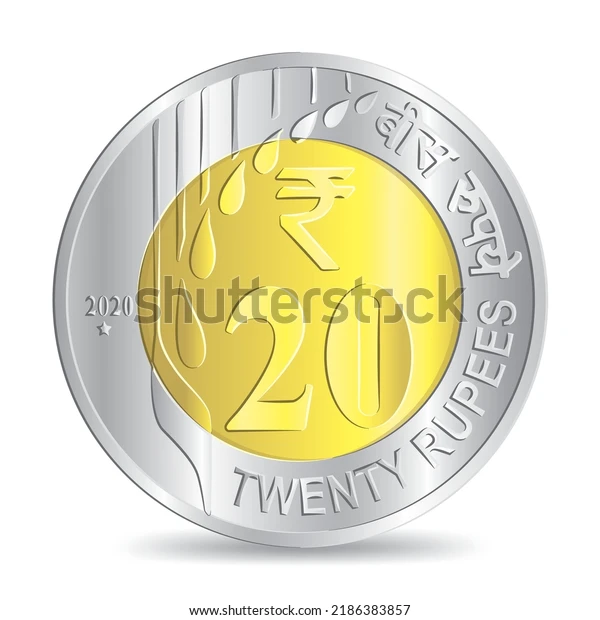
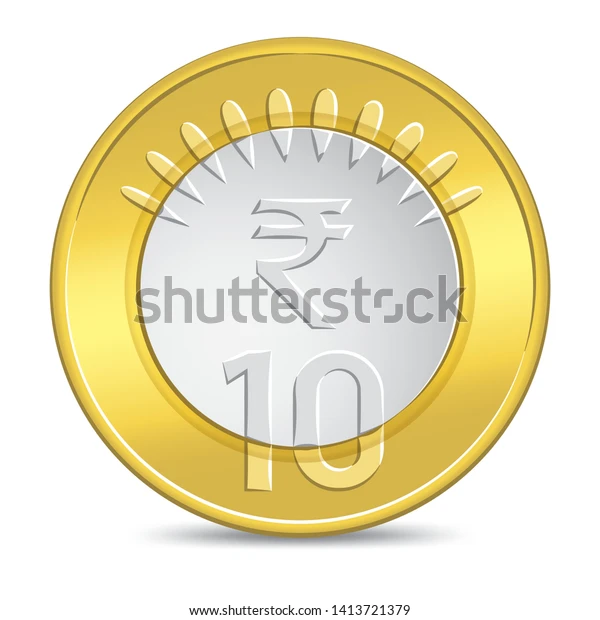
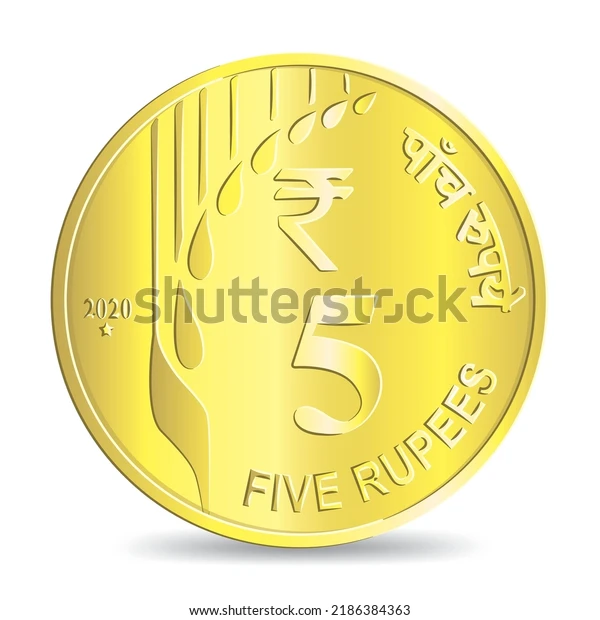
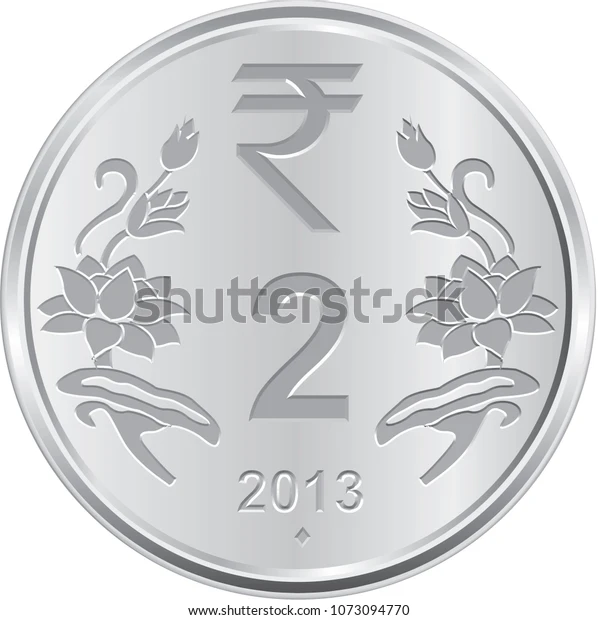
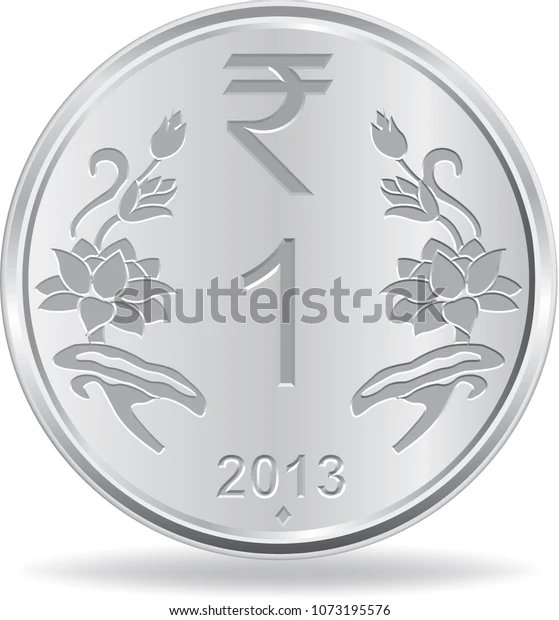
Figure 1
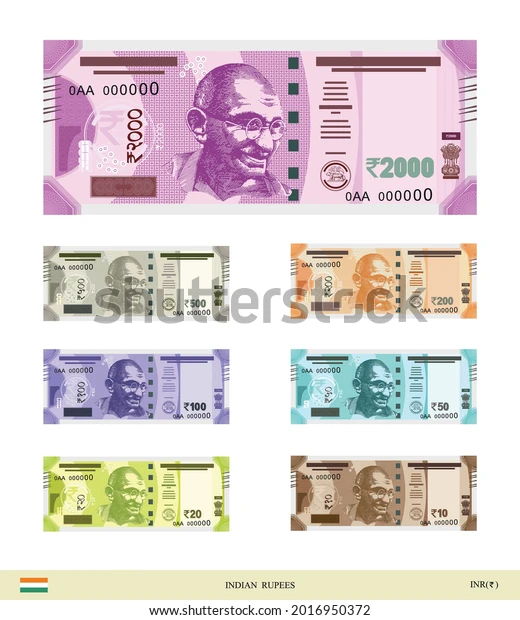
Figure 2
INR Endorsement:
The RBI operates 20 offices throughout India that handle a variety of tasks, including handling currency notes. As of right now, the RBI has authorized over 4,422 currency chests and 3,784 tiny coin depots to handle currency notes and coins.
The RBI is in charge of printing currency notes. However, the RBI circulates coins that are authorized by the Government of India.
The Minimum Reserve System is used to issue all currency notes. The RBI implemented this approach in 1956. According to this, RBI must keep foreign exchange and gold reserves at a minimum of Rs 200 billion.
How To Determine Whether A Currency Note Is Original
The security measures put in place for the distribution of cash notes are crucial. As a result, each currency note is made with care to be unique.
The following features have been added to prevent currency note duplication across the nation:
Embedding a security thread: On the left of Mahatma Gandhi's image, there is a greenish line that is the security thread.
Watermarking: Mahatma Gandhi's shadow can be seen in a light-shaded area.
Micro lettering: It may be seen between the security thread and Mahatma Gandhi's picture. The denominational value of the notes is written in micro-letters on the Rs. 10 and Rs. 20 notes, along with the name RBI. A magnifying glass will allow you to see this feature.